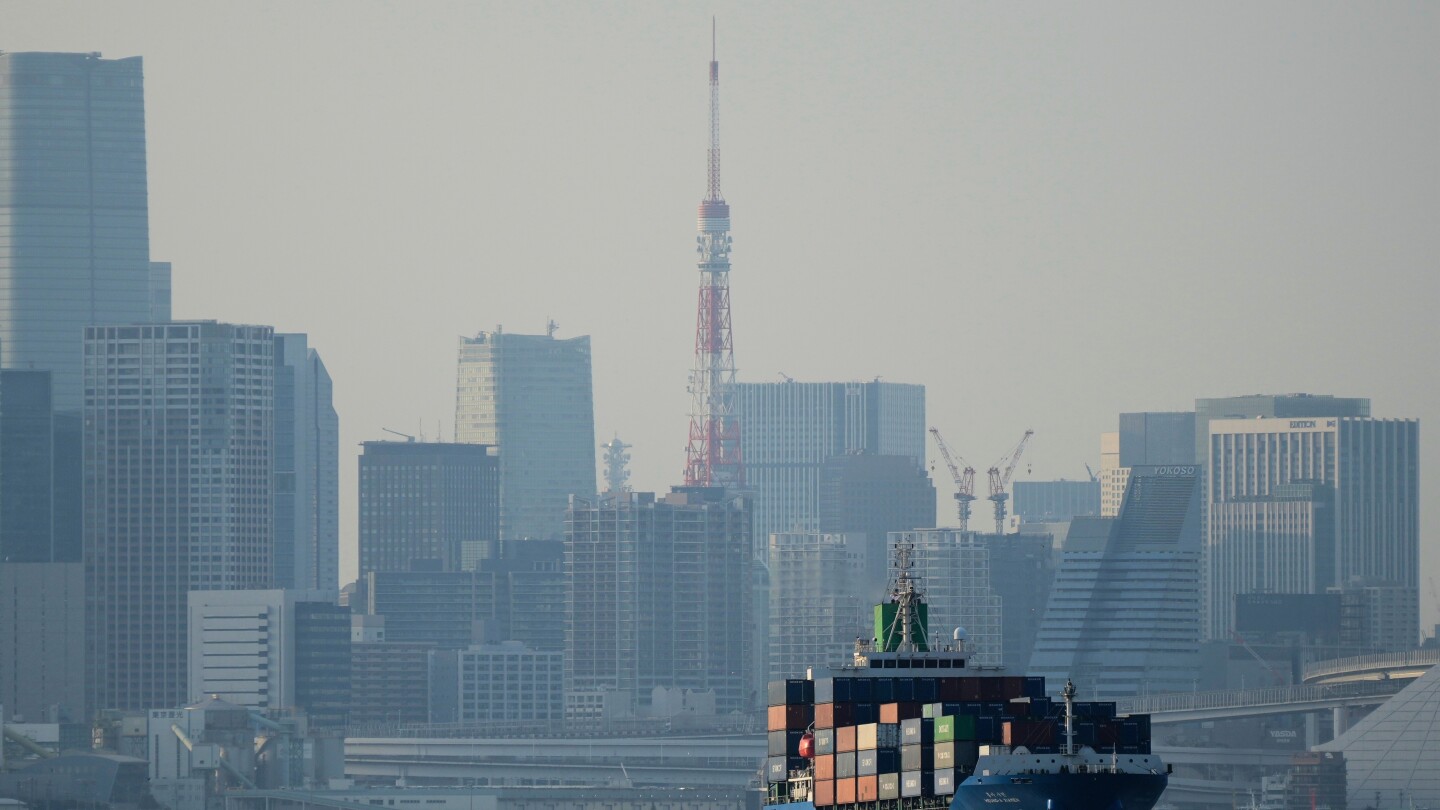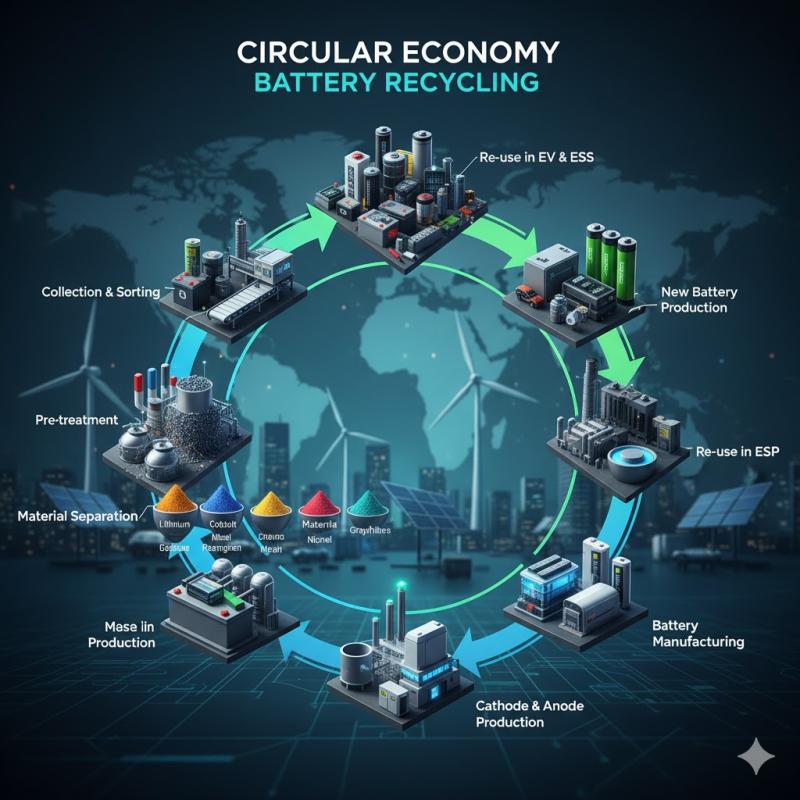Summary
152 local bodies in Kerala join net zero carbon campaign, focusing on reducing emissions through various initiatives and training programs.
Source: thehindu.com

AI News Q&A (Free Content)
Q1: What are the key initiatives undertaken by local bodies in Kerala to achieve net zero carbon emissions?
A1: Local bodies in Kerala are focusing on a variety of initiatives to reduce carbon emissions, including the adoption of renewable energy sources, enhancing energy efficiency in public and private sectors, and implementing waste management practices aimed at reducing methane emissions. Training programs are also being conducted to educate the community on sustainable practices.
Q2: How are India's climate goals aligned with its energy policies, especially regarding coal usage?
A2: India aims to achieve net-zero carbon emissions by 2070, but coal power still plays a significant role in its energy sector, contributing over 60% of total power generation. Strategies such as retrofitting coal plants with carbon capture and storage technology and co-firing with biomass are being considered to align with these climate goals, as studied in recent scholarly articles.
Q3: What are the projected impacts of achieving net-zero emissions by 2050 on global temperatures?
A3: Even with aggressive mitigation efforts to achieve net-zero emissions by 2050, global temperatures are projected to exceed 2°C above preindustrial levels by 2100, with estimates ranging from 2.5°C to 2.7°C. These projections highlight the challenges in balancing carbon reduction efforts with climate change impacts.
Q4: What role does renewable energy play in Kerala's strategy to reduce its carbon footprint?
A4: Renewable energy is central to Kerala's strategy for reducing its carbon footprint. The state is investing in solar and wind energy projects and promoting decentralized energy systems to reduce reliance on fossil fuels. These efforts are part of a broader strategy to transition to a sustainable energy system.
Q5: How is the misalignment between cellular traffic and energy consumption affecting carbon emissions in 5G networks?
A5: In China, the deployment of 5G networks has led to a carbon efficiency trap, where the energy required to support increased cellular traffic results in higher carbon emissions. This misalignment is estimated to cause additional emissions of 23.82 megatons. Strategies to improve energy efficiency, such as using deep reinforcement learning, are being explored to mitigate this impact.
Q6: What are the socio-economic pathways explored in achieving net-zero scenarios, and what are their implications?
A6: The socio-economic pathways explored include different mitigation scenarios targeting net-zero emissions by 2050 and 2100. These pathways consider variables like industrial and land-use emissions and their alignment with integrated assessment models. The implications are significant, as they influence policy decisions on carbon pricing and climate adaptation strategies.
Q7: What challenges does Kerala face in implementing its net zero carbon campaign?
A7: Kerala faces several challenges in its net zero carbon campaign, including the need for substantial investment in renewable energy infrastructure, overcoming public resistance to change, and ensuring equitable access to sustainable technologies across urban and rural areas. Additionally, the state must address the economic impacts of transitioning away from traditional energy sources.
References:
- Climate change in India
- Climate-economy projections under shared socioeconomic pathways and net-zero scenarios
- The role of coal plant retrofitting strategies in developing India's net-zero power system: a data-driven sub-national analysis
- Carbon emissions and sustainability of launching 5G mobile networks in China





